Search Collections
Browse Content (p. 3)
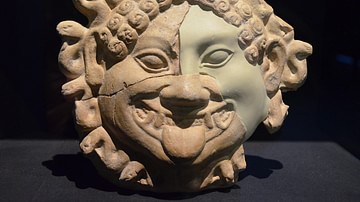
Image Gallery
A Gallery of Monsters and Creatures of Greek Mythology
The myths and legends of ancient Greece included a wide variety of fearsome creatures and monsters, such as dragons, giants, demons, and multiformed beings like the sphinx, minotaur, centaurs, and griffins. These terrifying entities often...
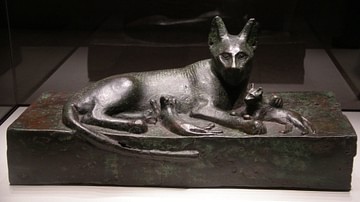
Image Gallery
A Gallery of Cats Through the Ages
Wild cats were most likely domesticated in Mesopotamia c. 12,000 BCE, but, like the dog, there is no scholarly consensus on where or when domestication first took place. All that is certain is that cats and humans have a long history together...
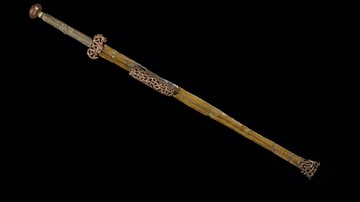
Image Gallery
A Gallery of Prehistoric and Ancient Weapons
Humans have been manufacturing weapons since before recorded history. The oldest evidence of weaponry comes from Schöningen, Germany, in the form of four wooden spears dated to c. 400,000 BCE. Stone tips for spears have been found all over...
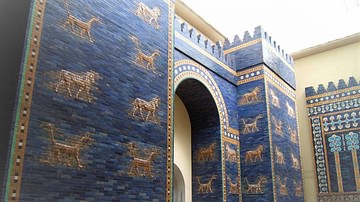
Image Gallery
A Gallery of Ancient Walls from Around the World
Walls in the ancient world were built around cities or territories for defense but also served many other purposes, such as enclosing temples, surrounding palaces, enclosing tombs, providing people with homes, and encircling sports venues...
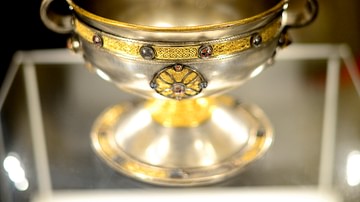
Image Gallery
A Gallery of Artifacts of Ancient Ireland
Humans arrived in the region now known as Ireland c. 7000-6500 BCE at modern-day Coleraine in the north, establishing communities and gradually moving southwards. Hunter-gatherers eventually adopted an agrarian lifestyle as evidenced by the...
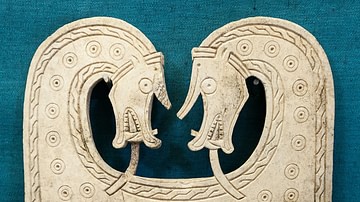
Image Gallery
A Gallery of Dragons from Around the World
Dragons appear in the myths and legends of civilizations around the world from ancient times to the present day. Like the lion in ancient Mesopotamia, the dragon in some cultures (notably China) came to be associated with royalty and good...
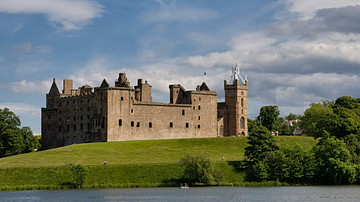
Image Gallery
A Gallery of Standing Stones, Cairns, and Castles of Scotland
Scotland has a rich history dating back to seasonal settlements around c. 10,500 BCE and permanent residences by c. 7000 BCE. Neolithic ceremonial sites such as the Ness of Brodgar were established by c. 3500 BCE, and communities like Skara...

Image Gallery
A Gallery of Ancient Egyptian Tombs, Coffins, and Grave Goods
Ancient Egyptian burial practices were observed as early as the Predynastic Period in Egypt (c. 6000 to c. 3150 BCE) and continued through the Ptolemaic Dynasty (323-30 BCE), serving to not only provide the living with closure in saying goodbye...

Image Gallery
A Gallery of Lions of Mesopotamia
The Asiatic lion in Mesopotamia symbolized the forces of chaos, which the king defeated in his role as a champion of order and civilization. Lions appear in works of art from the Early Dynastic Period through the time of the Neo-Assyrian...
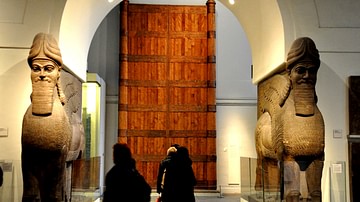
Image Gallery
A Gallery of Neo-Assyrian Kings
The Neo-Assyrian kings are among the best-known of the Assyrian Empire and include Tiglath Pileser III, Shalmaneser III, Sargon II, Sennacherib, Esarhaddon, and Ashurbanipal. The term Neo-Assyrian is a modern-day designation; the Assyrians...